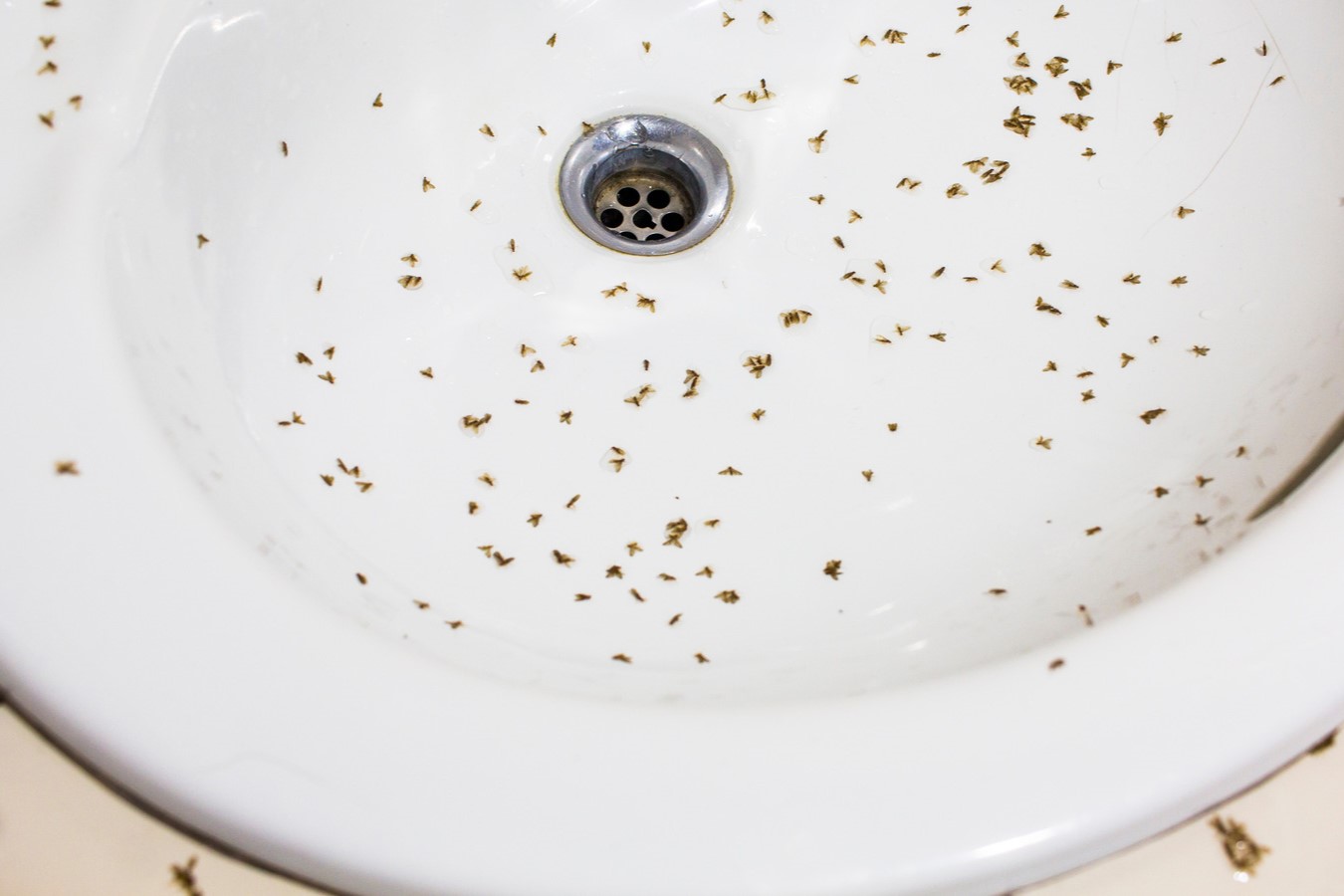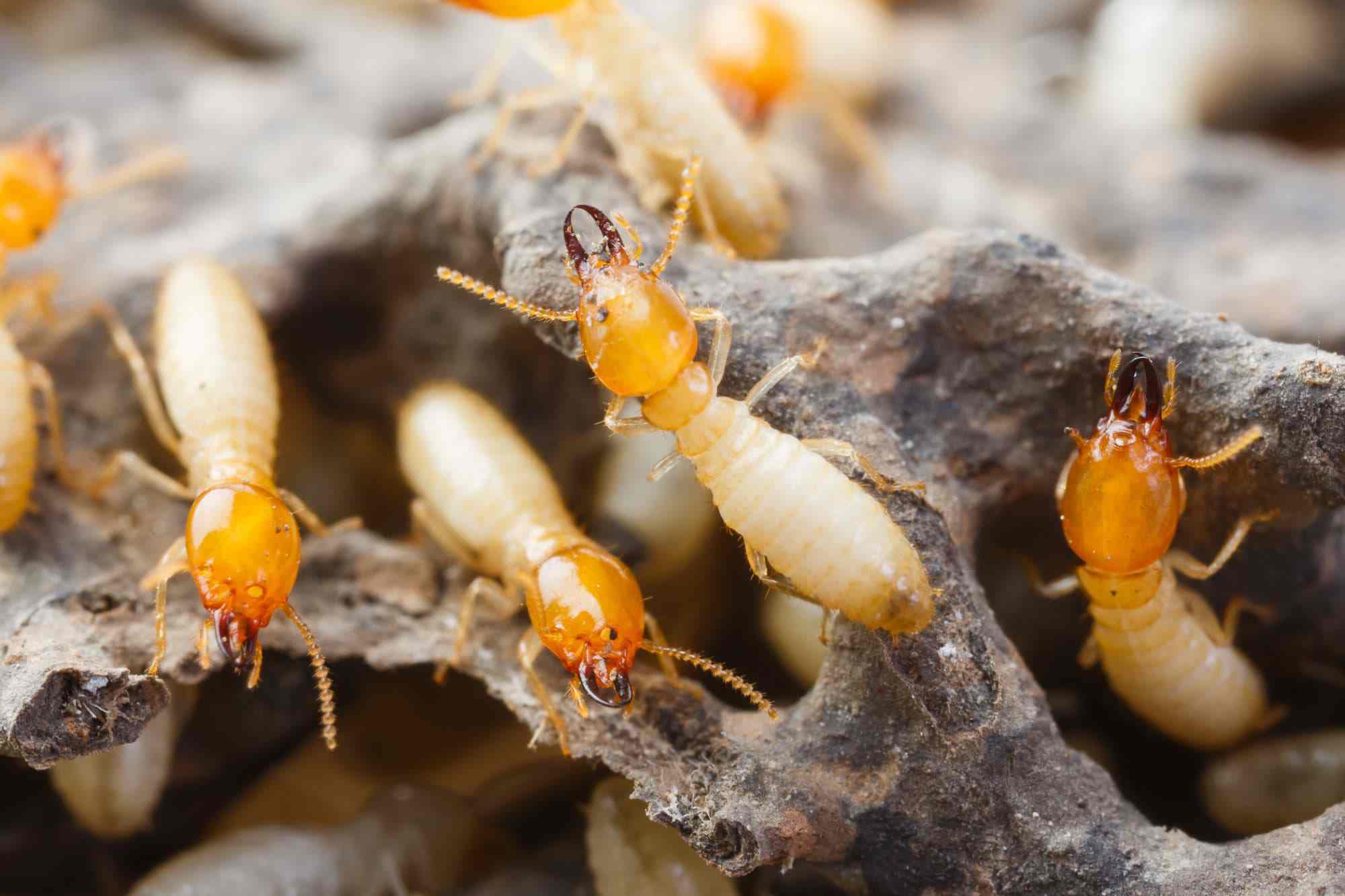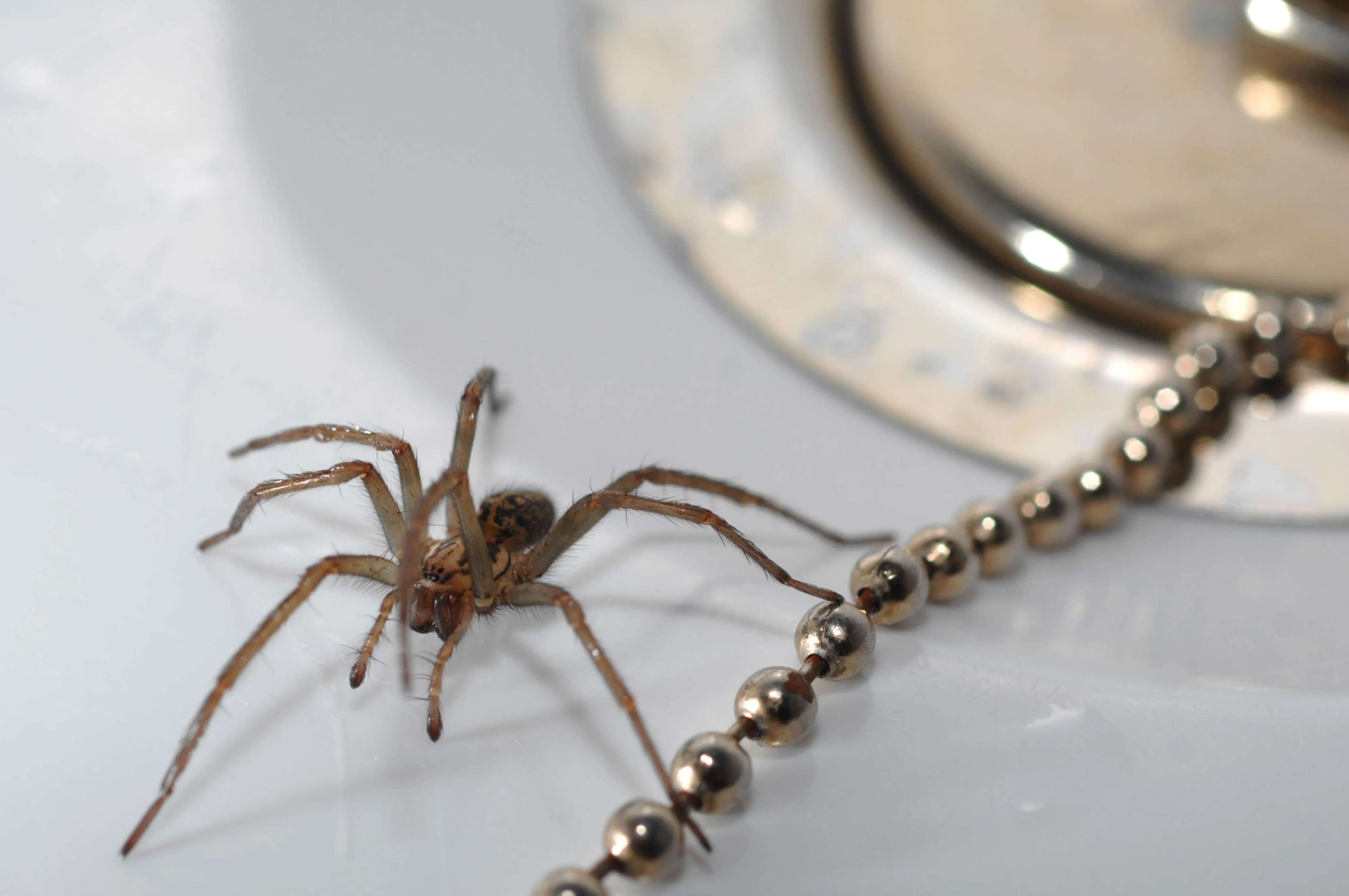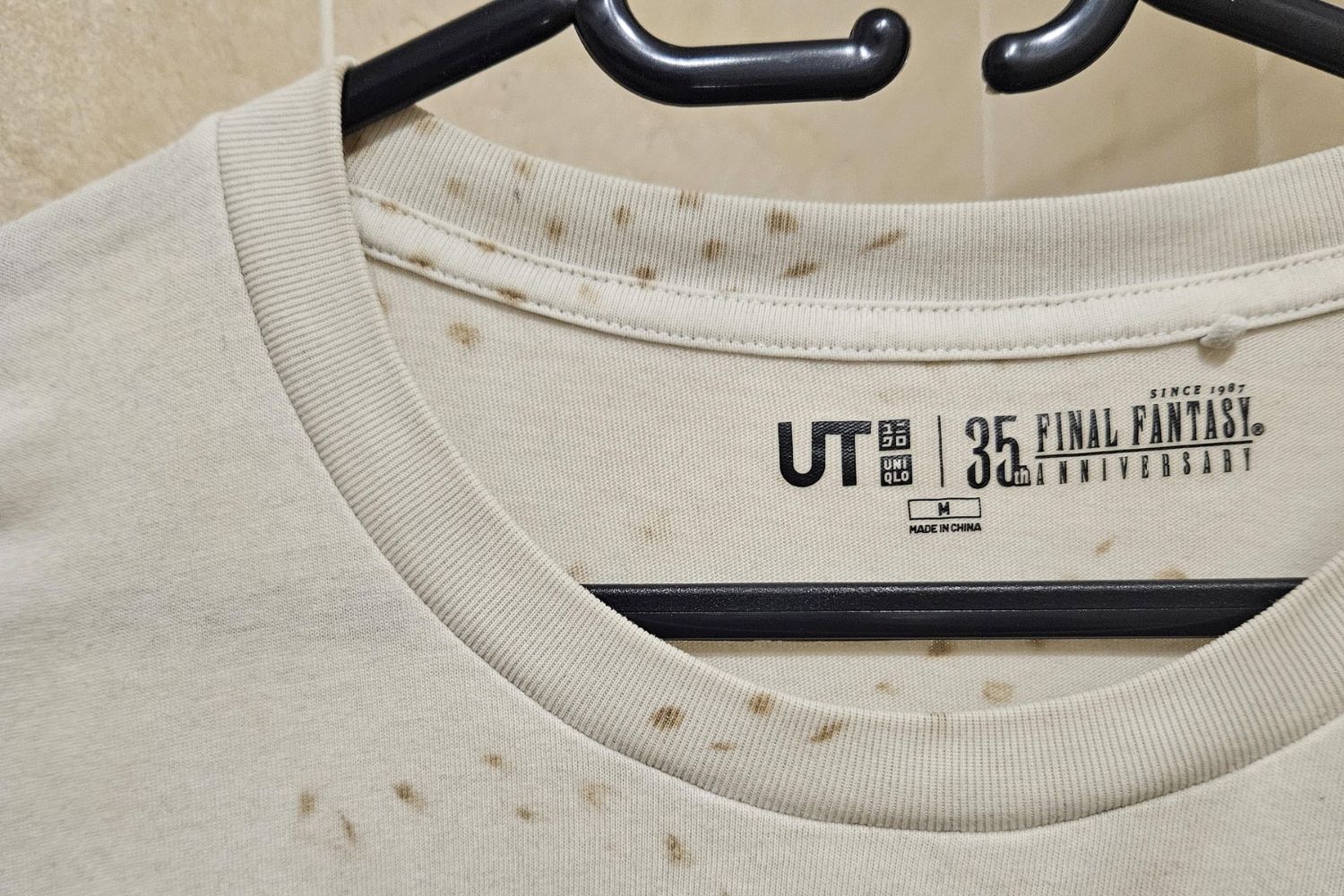Home>Home and Garden>Say Goodbye To Bathroom Gnats! Could Your Shower Curtain Be Their Secret Breeding Ground?


Home and Garden
Say Goodbye To Bathroom Gnats! Could Your Shower Curtain Be Their Secret Breeding Ground?
Published: February 8, 2024
Say goodbye to bathroom gnats by tackling their secret breeding ground on your shower curtain. Discover effective home and garden solutions today!
(Many of the links in this article redirect to a specific reviewed product. Your purchase of these products through affiliate links helps to generate commission for Noodls.com, at no extra cost. Learn more)
Table of Contents
Introduction
Have you ever stepped into your bathroom, only to be greeted by a swarm of tiny, pesky gnats buzzing around your head? These unwelcome visitors can quickly turn a relaxing shower or bath into an irritating experience. Bathroom gnats, also known as drain flies or moth flies, are a common nuisance in many households. While they are harmless, their presence can be quite bothersome, leading many homeowners to wonder how to effectively get rid of them.
In this comprehensive guide, we will delve into the world of bathroom gnats, exploring their habits, preferred environments, and the potential role of shower curtains in their proliferation. By gaining a deeper understanding of these tiny pests, you will be better equipped to prevent and eliminate gnat infestations in your bathroom. So, say goodbye to bathroom gnats and reclaim your serene bathing space!
Now, let's embark on a journey to uncover the secrets of these elusive bathroom gnats and learn how to combat their presence effectively.
Understanding bathroom gnats
Bathroom gnats, also known as drain flies or moth flies, are small, flying insects that often inhabit damp, dark environments such as bathrooms, kitchens, and basements. Measuring only about 1/5 to 1/6 inch in length, these tiny pests can be quite bothersome as they hover around drains, sinks, and moist surfaces. Despite their minuscule size, their presence can be a source of frustration for homeowners.
These gnats belong to the Psychodidae family and are characterized by their fuzzy, moth-like appearance. Their distinctive fuzzy wings and hairy bodies set them apart from other common household insects. While they do not pose any direct harm to humans, their rapid reproduction and persistent presence can quickly escalate into a nuisance.
One of the key traits of bathroom gnats is their attraction to moisture and organic matter. They thrive in environments with standing water, decaying organic materials, and damp surfaces. This makes bathrooms, particularly those with drains and plumbing issues, an ideal breeding ground for these pesky insects.
Understanding the life cycle of bathroom gnats is essential for effective control and prevention. The life cycle of a gnat typically consists of four stages: egg, larva, pupa, and adult. The entire life cycle can range from one to three weeks, depending on environmental conditions such as temperature and humidity.
The eggs are laid in moist, organic matter, such as the sludge that accumulates within drain pipes or the damp, slimy film that coats shower curtains. Once the eggs hatch, the larvae emerge and feed on the organic matter present in their surroundings. This is why bathroom gnats are commonly found near drains, as they provide an ample food source for the developing larvae.
As the larvae mature, they pupate in nearby crevices or surfaces, eventually emerging as adult gnats. The newly emerged adults seek out moisture and continue the cycle by laying eggs in suitable breeding sites, perpetuating the infestation.
In essence, understanding the habits and preferences of bathroom gnats is crucial for effectively combating their presence. By gaining insights into their behavior and life cycle, homeowners can implement targeted strategies to prevent and eliminate gnat infestations in their bathrooms.
The role of shower curtains in gnat infestations
Shower curtains, although essential for maintaining privacy and preventing water from splashing onto the bathroom floor, can inadvertently contribute to gnat infestations. The damp, humid environment created by shower curtains provides an ideal breeding ground for bathroom gnats, facilitating their reproductive cycle and perpetuating their presence in the bathroom.
The accumulation of moisture on shower curtains, especially in the folds and lower sections, creates a hospitable environment for bathroom gnats. When shower curtains are not adequately dried or cleaned, they can harbor organic matter, such as soap scum, skin cells, and other debris, which serves as a food source for gnat larvae. Additionally, the dampness of the shower curtains promotes the growth of mold and mildew, further enhancing the attractiveness of this environment to gnats.
Furthermore, the bottom edge of the shower curtain, where it meets the bathtub or shower enclosure, is particularly prone to retaining moisture. This area often remains wet after showering, providing an ideal location for gnat eggs to be deposited and for larvae to thrive. The folds and creases of the shower curtain also offer sheltered spaces where gnats can lay their eggs, contributing to the persistent infestation cycle.
In homes with persistent gnat issues, the shower curtain can serve as a primary breeding site, with the constant influx of moisture and organic matter perpetuating the gnat population. Additionally, the proximity of the shower curtain to drains and plumbing fixtures further facilitates the gnat infestation, as these areas often harbor the organic sludge and debris that serve as a food source for gnat larvae.
To effectively address gnat infestations in the bathroom, it is crucial to pay attention to the maintenance and cleanliness of shower curtains. Regularly washing and thoroughly drying shower curtains can significantly reduce the moisture and organic matter that attract and sustain gnat populations. Additionally, implementing proper ventilation in the bathroom can help reduce humidity levels, discouraging gnat breeding and infestation.
By recognizing the role of shower curtains in gnat infestations and taking proactive measures to mitigate these factors, homeowners can effectively combat gnat issues in their bathrooms. Understanding the specific contributions of shower curtains to gnat infestations empowers individuals to implement targeted strategies for prevention and elimination, ultimately restoring a gnat-free and enjoyable bathroom environment.
Tips for preventing and eliminating bathroom gnats
-
Maintain Proper Drain Hygiene: Regularly clean and disinfect drains to remove organic buildup that serves as a food source for gnat larvae. Using a mixture of hot water, vinegar, and baking soda can effectively break down organic matter and inhibit gnat breeding.
-
Thoroughly Clean Shower Curtains: Wash shower curtains with hot water and detergent to remove accumulated grime and organic residues. Ensure they are completely dry before rehanging to prevent moisture buildup that attracts gnats.
-
Improve Bathroom Ventilation: Enhance airflow and reduce humidity in the bathroom by using exhaust fans or opening windows during and after showering. Lowering humidity levels discourages gnat breeding and helps maintain a dry environment.
-
Address Plumbing Issues Promptly: Fix any leaks or plumbing problems to prevent standing water, which can serve as a breeding ground for gnats. Check for and repair any dripping faucets, leaky pipes, or malfunctioning seals.
-
Use Natural Gnat Repellents: Employ natural gnat repellents such as essential oils (e.g., lavender, peppermint, or eucalyptus) to deter gnats from inhabiting the bathroom. Place a few drops of the chosen oil on cotton balls and position them strategically in the bathroom.
-
Dispose of Organic Waste Properly: Avoid allowing organic waste, such as hair, soap scum, and food debris, to accumulate in drains and bathroom fixtures. Regularly clean and remove such residues to eliminate gnat breeding sites.
-
Seal Cracks and Crevices: Inspect the bathroom for any gaps, cracks, or crevices where gnats may enter or lay eggs. Seal these openings to prevent gnat infestation and limit their access to potential breeding areas.
-
Utilize Gnat Traps: Place commercially available gnat traps near gnat-prone areas, such as drains and shower enclosures, to capture adult gnats and reduce their population. These traps use attractants to lure and trap gnats, aiding in their elimination.
-
Monitor and Maintain Cleanliness: Regularly inspect the bathroom for signs of gnat activity, such as adult gnats or larvae. Promptly address any gnat sightings and maintain a clean, dry environment to deter their presence.
-
Seek Professional Assistance if Necessary: In cases of persistent gnat infestations, consider consulting pest control professionals who can assess the situation and implement targeted treatments to eradicate gnats effectively.
By implementing these proactive measures and incorporating them into regular bathroom maintenance routines, homeowners can effectively prevent and eliminate gnat infestations, reclaiming a gnat-free and enjoyable bathroom environment.
Conclusion
In conclusion, bathroom gnats, also known as drain flies or moth flies, can quickly transform a serene bathing space into an irritating environment. Understanding the habits and preferences of these tiny pests is essential for effective prevention and elimination. By gaining insights into their behavior and life cycle, homeowners can implement targeted strategies to combat gnat infestations in their bathrooms.
The role of shower curtains in gnat infestations cannot be overlooked. The accumulation of moisture and organic matter on shower curtains provides an ideal breeding ground for bathroom gnats, perpetuating their presence in the bathroom. The folds, creases, and bottom edges of shower curtains create sheltered spaces and retain moisture, facilitating gnat reproduction and perpetuating the infestation cycle. Recognizing the specific contributions of shower curtains to gnat infestations empowers individuals to implement targeted strategies for prevention and elimination, ultimately restoring a gnat-free and enjoyable bathroom environment.
To prevent and eliminate bathroom gnats, homeowners can implement a range of proactive measures. These include maintaining proper drain hygiene, thoroughly cleaning shower curtains, improving bathroom ventilation, addressing plumbing issues promptly, using natural gnat repellents, disposing of organic waste properly, sealing cracks and crevices, utilizing gnat traps, monitoring cleanliness, and seeking professional assistance if necessary. By incorporating these strategies into regular bathroom maintenance routines, individuals can effectively combat gnat infestations and reclaim a gnat-free environment.
Taking a proactive approach to gnat prevention and elimination not only restores a pleasant bathroom environment but also contributes to overall household hygiene and comfort. By understanding the specific factors that contribute to gnat infestations and implementing targeted solutions, homeowners can enjoy a bathroom free from the nuisance of pesky gnats.
In the battle against bathroom gnats, knowledge is indeed power. Armed with a deeper understanding of gnat behavior, the role of shower curtains in infestations, and effective prevention and elimination strategies, homeowners can confidently bid farewell to bathroom gnats and reclaim their tranquil bathing spaces.















